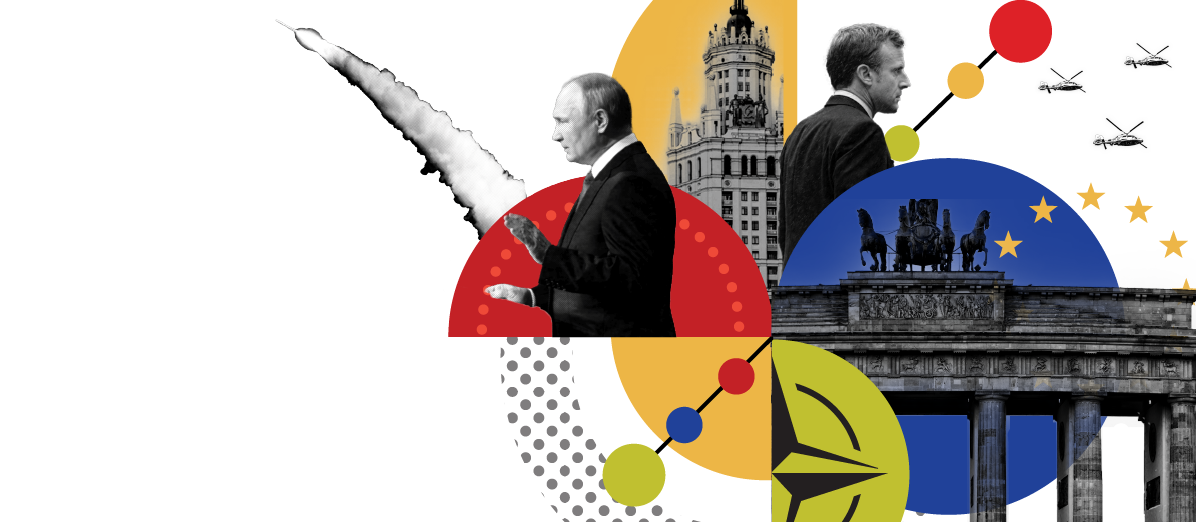A nation must think before it acts.
Access the Winter 2022 issue of Orbis here.
Whenever a revolutionary regime displaces a monarchy, the initial narrative focuses on the sins of the ancient regime—especially its tyranny and corruption. Over time, particularly if the new government fails to deliver on the promises of progress and justice, a reevaluation of the past inevitably takes place. People discover that the vices of the old system were overstated, while its virtues were underappreciated. In Russia, for instance, the failures of the Soviet system have led to a re-evaluation of the reigns of Alexander III and Nicholas II, with revolution no longer the predestined endpoint of history.
Four decades after the fall of the Shah in Iran, a similar process is underway regarding the last monarch’s record and the track record of his successors in the Islamic Republic. This reevaluation is not just of interest to Iranians, however, but also directly feeds into debates about—and critiques of—U.S. foreign policy. The initial assessment of the Shah after the 1979 Revolution as corrupt and tyrannical was, by extension, levied as a potent criticism against the ways in which American foreign policy was conducted, particularly for U.S. support of the Iranian monarchy, which was deemed to be in contradiction of core American values. Indeed, U.S. support for the Shah is cited routinely as a cautionary lesson about mistakes that should be avoided in the conduct of U.S. foreign policy, especially support for tyrannical puppet monarchs.




